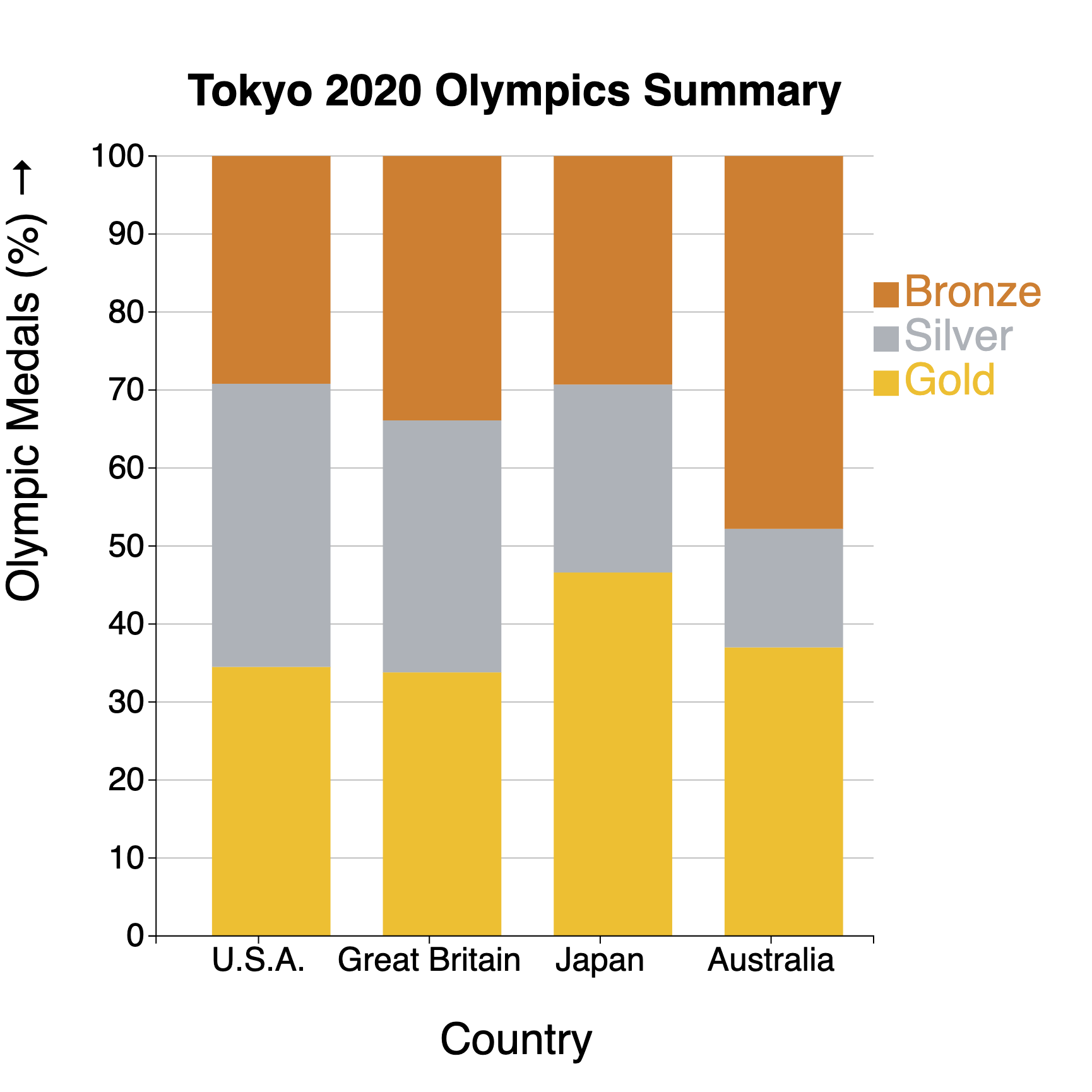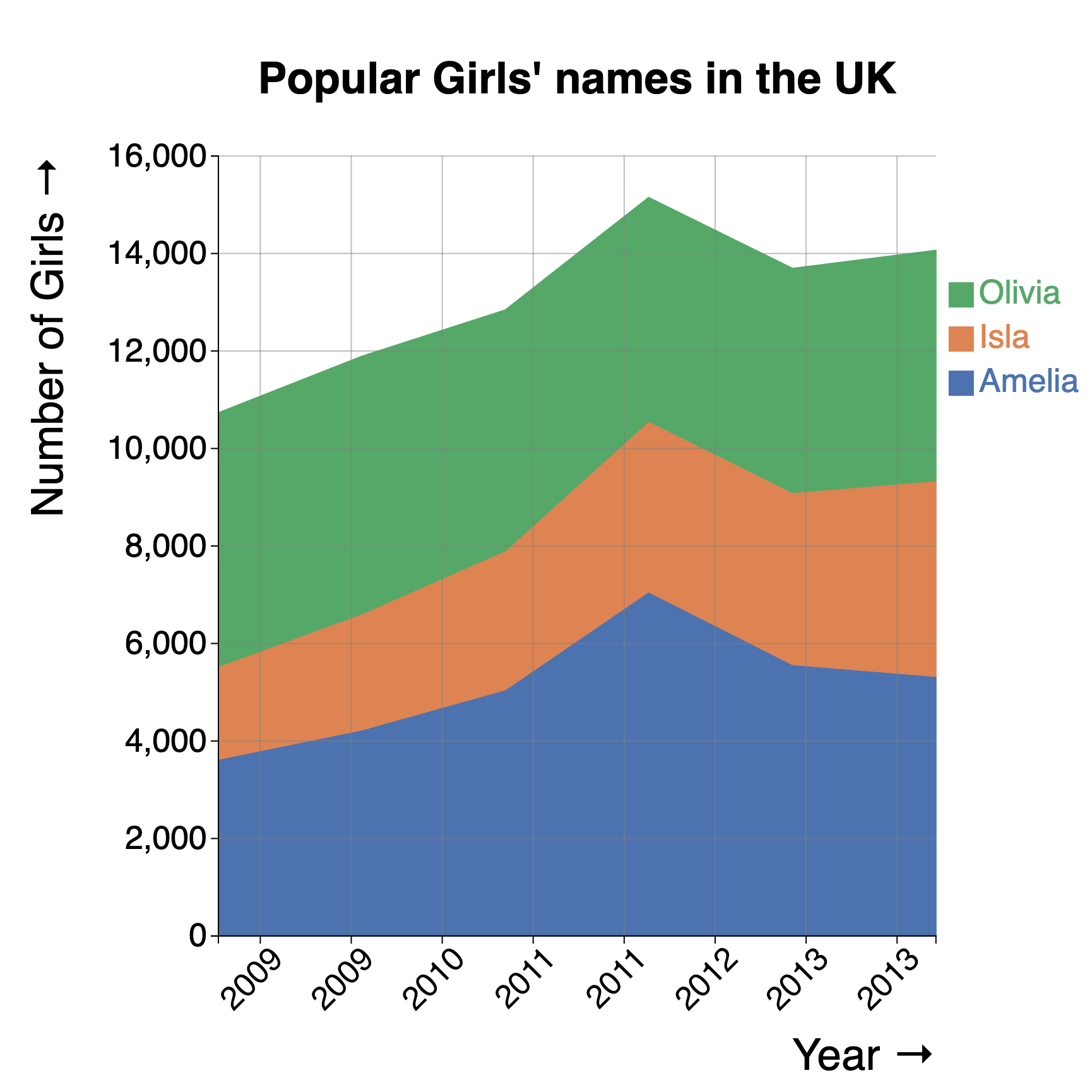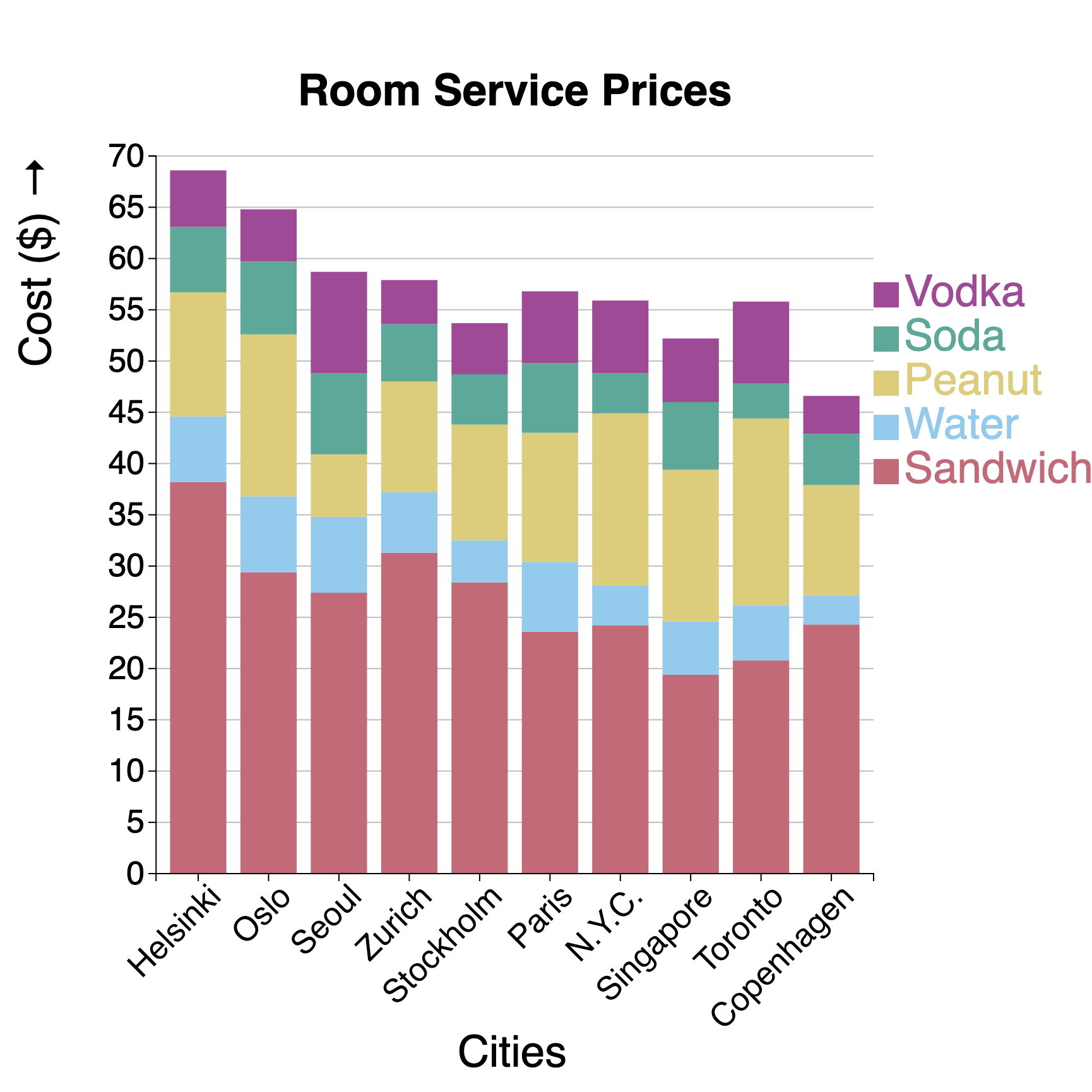Mini-VLAT: A Short and Effective Measure of Data Visualization Literacy
Abstract:
The visualization community regards visualization literacy as a necessary skill. Yet, despite the recent
increase in research into visualization literacy by the education and visualization communities, we lack
practical and time-effective instruments for the widespread measurements of people's comprehension and
interpretation of visual designs. We present Mini-VLAT, a brief but practical visualization literacy test.
The Mini-VLAT is a 12-item short form of the 53-item Visualization Literacy Assessment Test (VLAT). The
Mini-VLAT is reliable (coefficient omega = 0.72) and strongly correlates with the VLAT. Five visualization
experts validated the Mini-VLAT items, yielding an average content validity ratio (CVR) of 0.6. We further
validate Mini-VLAT by demonstrating a strong positive correlation between study participants' Mini-VLAT
scores and their aptitude for learning an unfamiliar visualization using a Parallel Coordinate Plot test.
Overall, the Mini-VLAT items showed a similar pattern of validity and reliability as the 53-item VLAT. The
results show that Mini-VLAT is a psychometrically sound and practical short measure of visualization
literacy.











